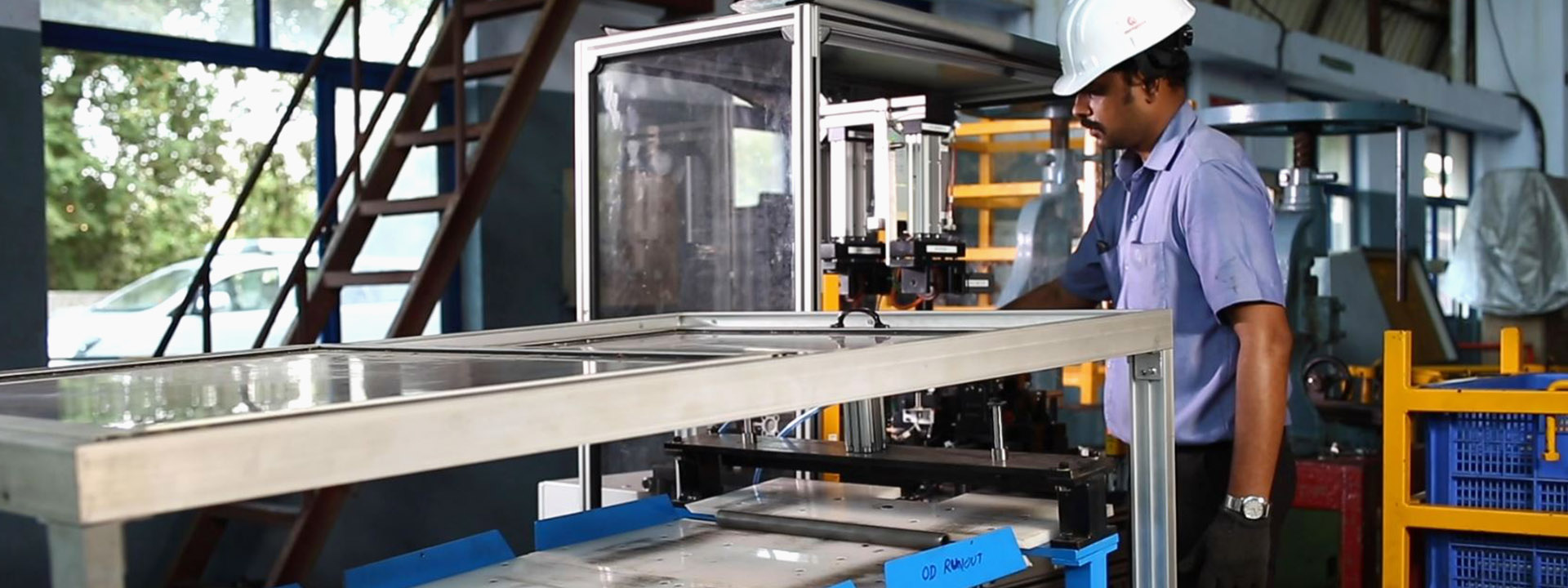
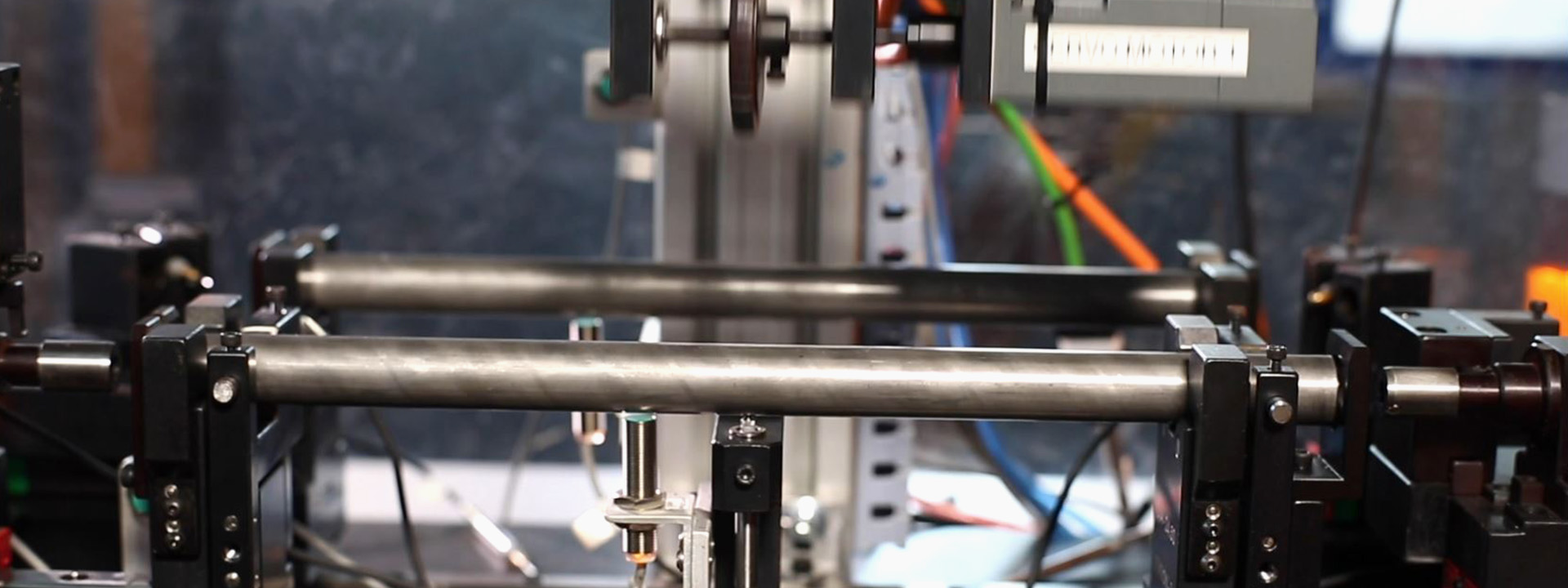
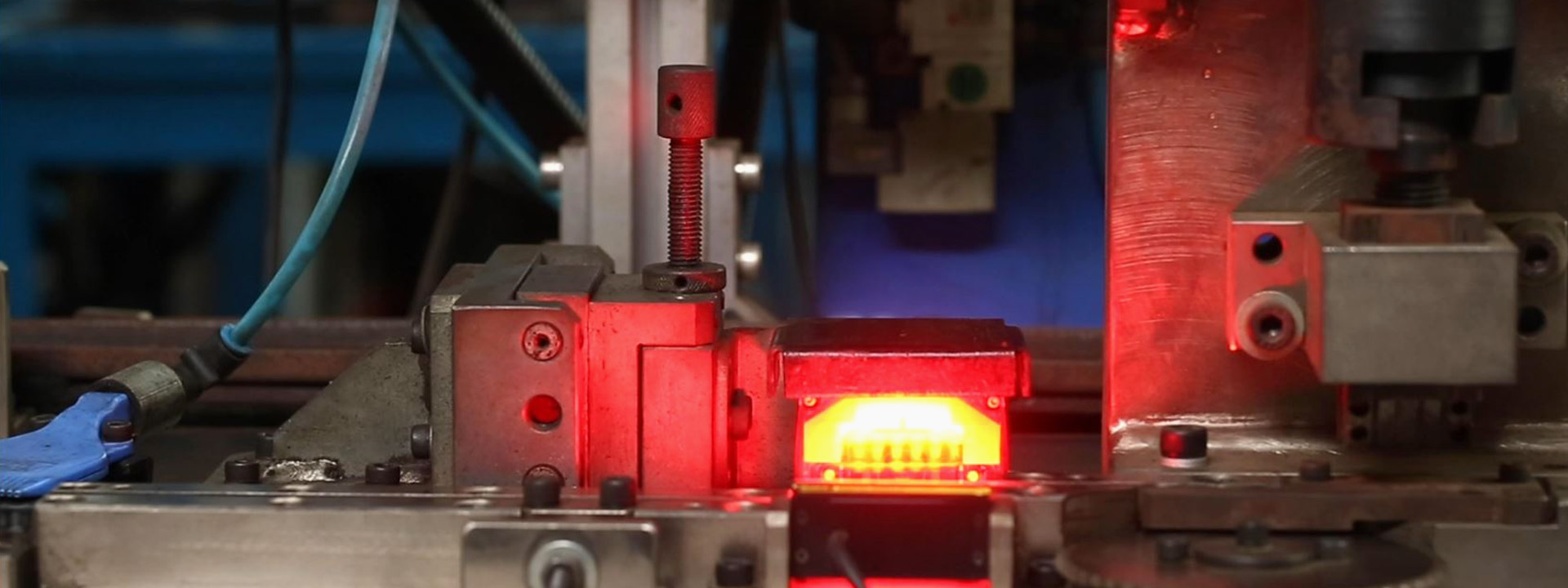
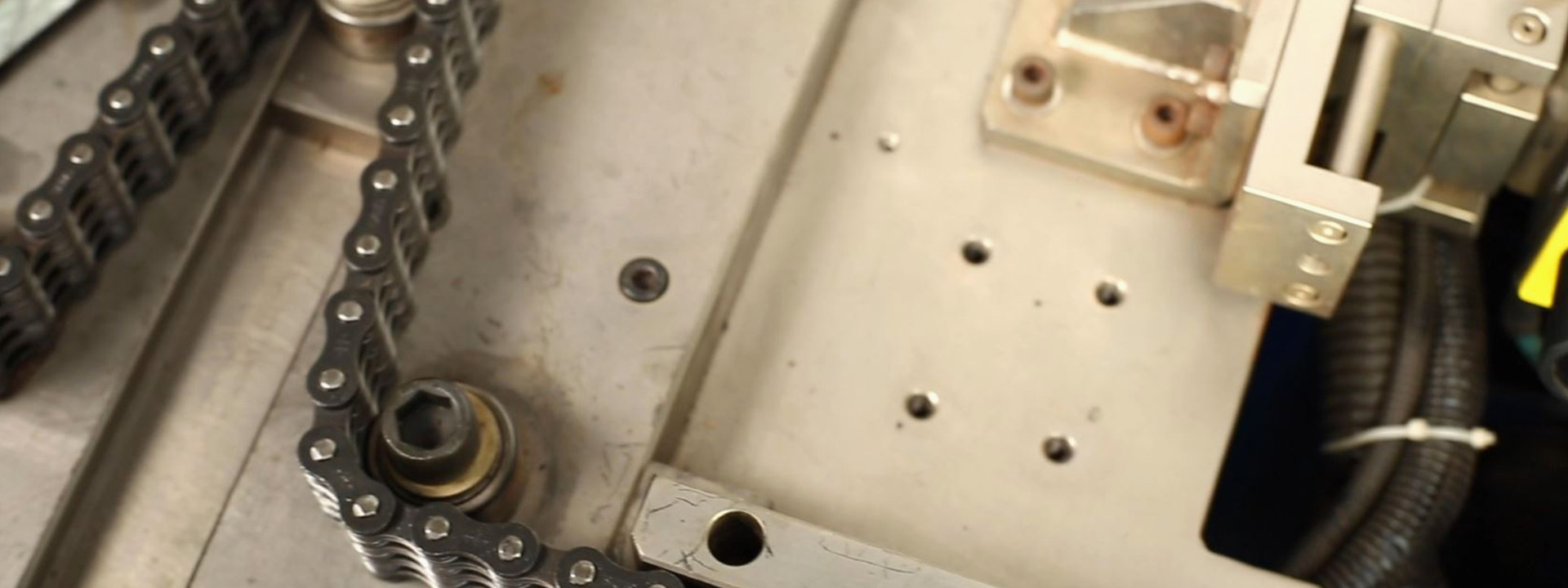


Previous
Next
Camera Based Visual Inspection
Inspection is an essential component of any modern manufacturing system. Technique to filter nonconformities and assure quality.
- Dimensional measurement.
- Missing part detection.
- Optical character recognition.
- Automatic defect elimination.
- Data logging enabled.
- Robot integration with the inspection system.
Multi Gauging Inspection System - Tubes and Formed Parts
- Automatic Loading, Inspection & Sorting
- GRR <10 %
- Precise Digital Probes
- Contact points – Carbide
Pick and place automation
- Pick and place automation speeds up the process of picking up parts or items and placing them in other locations.
- Automating this process helps to increase production rates.
- Pick and place robots handle repetitive tasks while freeing up human workers to focus on more complex work.
Robotic inspection
- Inspections are crucial to ensure quality products, yet the need for accurate and reliable inspections can often create bottlenecks in the manufacturing process.
- Compared to manual methods, automated robots are proven to increase speed and accuracy for manufacturers, and can present parts to inspection stations in unique and precise ways that otherwise could not be achieved manually.
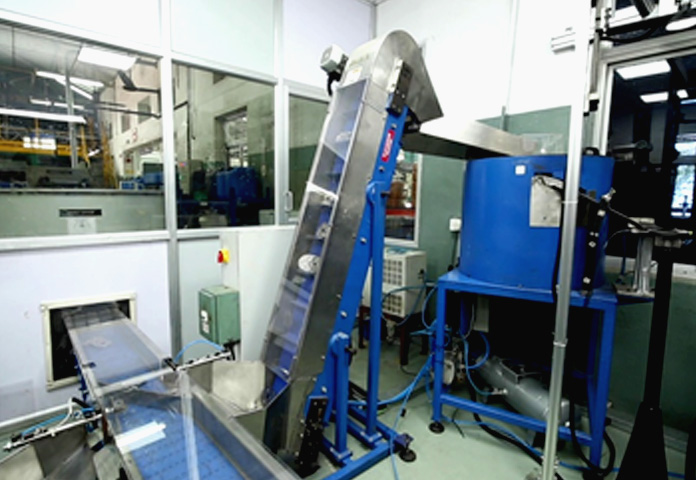
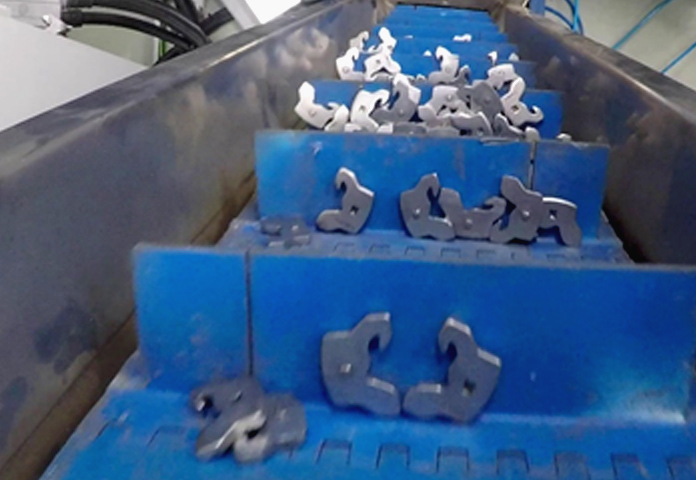
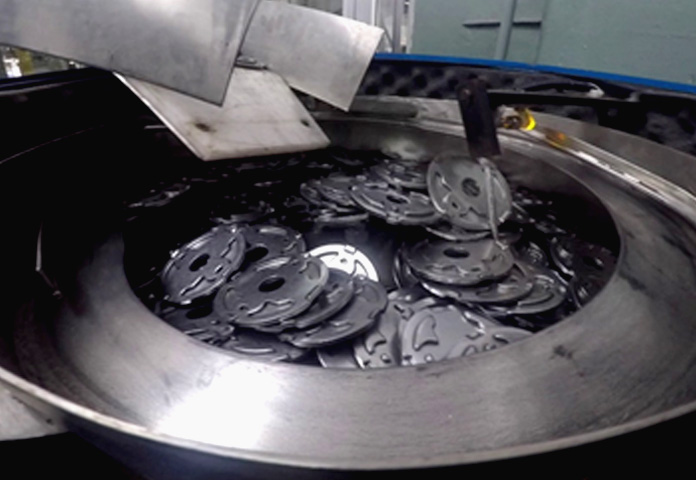
Previous
Next
Line automation
- The use of automated production lines frees up people from the drudgery of repetitive tasks – replace human labours in tasks done in dangerous environments, and perform tasks that are beyond human capabilities of size, weight, speed and endurance.
- Line automation will increase the productivity and decreases the errors. Line automation will helpful for increasing the company revenue.
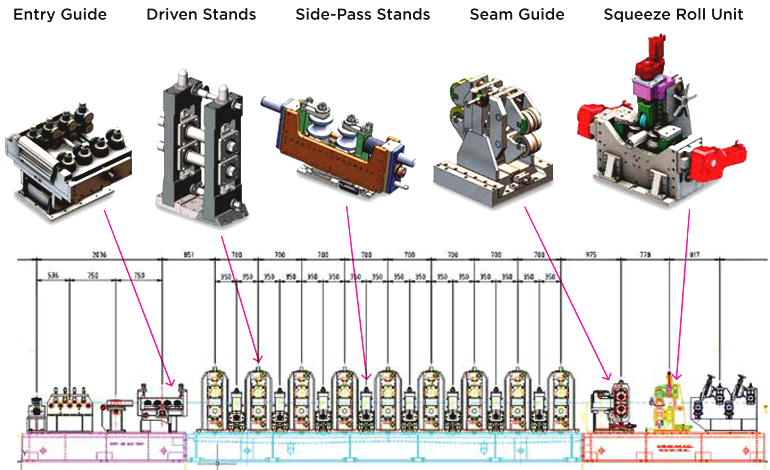
Squeeze roll with servo system
- Servo controlled system with setup recall provision, thereby ensuring repeatablity & reliability by eliminating operator intervention
- Extended Bea ring life
- Reduced weld related defects and ensures consistency in forge line due to precise position control
- SG Iron Casting stands for better shock absorption and stability
- Stand Clamping system with quick change over
- Tube Mill for all form of specialized tubing.
- Rigid Mill construction to produce tubes of carbon steel & high strength steel with diameter/thickness ratio upto 7.
- We also supply individual elements to upgrade the existing tube mill.
- Entry line—Accumulator—Forming Stands—Squeeze rolls—Flying Cutoff—Online Chamfering.

With the latest’s development in power electronics the Longitudinally welded tube is manufactured by high frequency induction welding. A typical high productive setup consists of following elements
- Double Decoiler
- Automatic strip end joiner
- Accumulator
- Forming stands
- Finpass stands
- High frequency induction welder
- Squeeze roll
- OD bead remover
- Cooling chamber
- Sizing section
- Turk heads
- Flying cut off
- Runout table
To achieve the productivity and quality TIMB designs and manufactures the appropriate equipment for the carbon steel and stainless-steel tube industry from the smallest diameter of 10 mm to the biggest of 250 mm, with wall thicknesses of 0.5 to 16.0 mm in carbon-steel, stainless steel, aluminum, brass- and copper/-alloys and in different qualities.
Based on an intelligent modular design the individual machines can be combined to production lines for mass production – also fully automated and customized.
In-house production is carried out with a high production depth and according to the latest manufacturing methods with strictest quality standards. Here, engineers, designers, the production team and automation experts work seamlessly together – coordinated internally and externally by a project manager. This makes teamwork easier and prevents communication deficits.
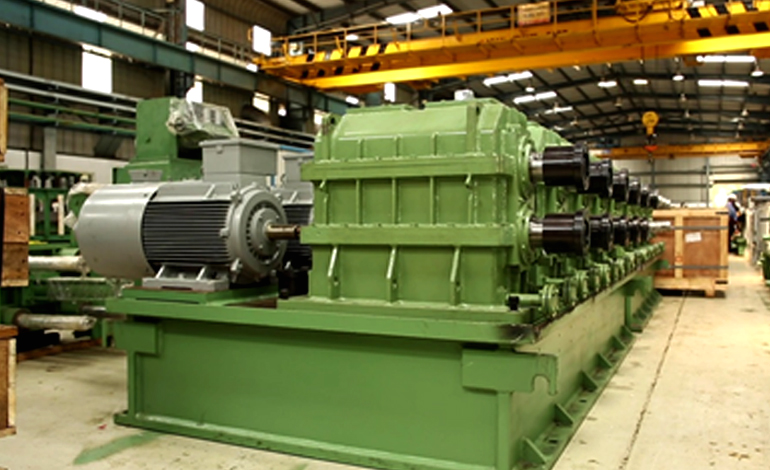
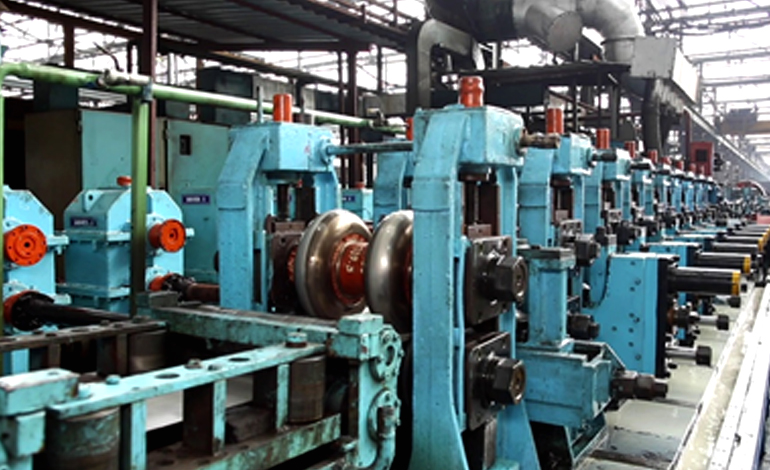
Customers count on our machine for the following advantages
- High productivity and availability
- Reliable reproducibility
- Short set-up times
- Simple operation
- Increased process stability
- Continuous production
- Automated processes
- Individual visualization

